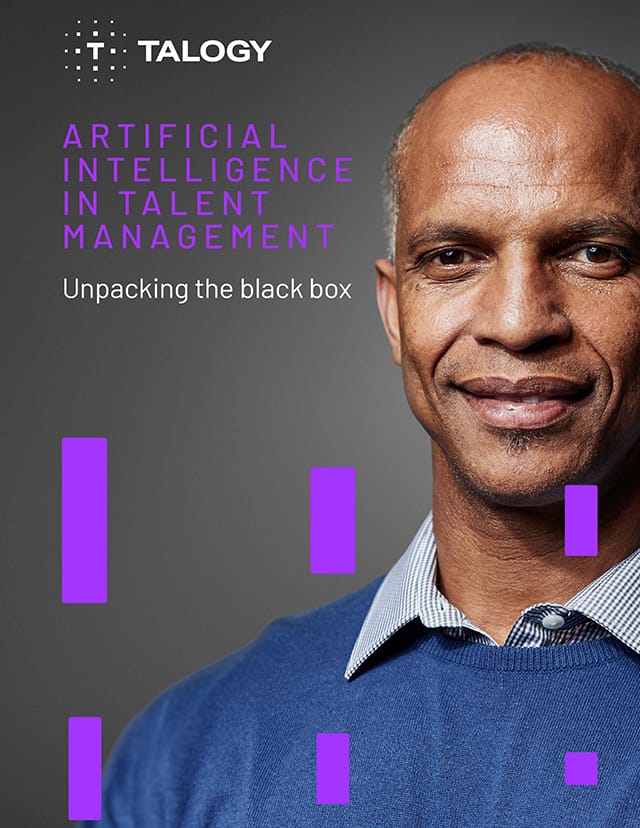Written by Laura, Parrack
In an era in which data is growing increasingly essential in HR decision making, more and more HR professionals are keen to learn about this hot trend. To help explore the key issues, the Cubiks team in Belgium recently hosted a breakfast seminar on big data and people analytics.
The heart of people analytics
Eric Meyers, Country Manager for Cubiks Belgium introduced this topic, the importance of data in today’s HR world and the vital insight it can deliver for truly strategic decision making. Martha De Troyer then expanded by sharing a presentation on how people analytics is defined, the processes involved and the key business questions it can answer.
Illustrating her explanation with case studies, Martha also presented the results of Cubiks’ international survey on people analytics. Besides highlighting the areas in which people analytics is currently used and applied; the survey results shed some light on the challenges faced by organizations when implementing data analysis methods. The key message that appeared was; while most HR professionals understand the true potential in people analytics, most say that data analytics is not currently applied in their organization. Delegates agreed that people analytics is important, but expressed their hesitance when it comes to implementation, for instance due to “fear of the unknown”, but also lack of knowledge; lack of competencies and lack of time.
World Café workshop
After the presentation, delegates had a chance to discuss the issues raised in a workshop split into three themes. The groups rotated and the Cubiks facilitators presented the outcomes at the end of each session. In summary, these were:
Potential benefits of people analytics
There was consensus that because people analytics is based on numbers, it can help build a case to convince management and increase the strategic impact of HR. The delegates also saw the following as major benefits of people analytics.
- Data will contribute to better succession planning
- New insights will be generated to increase organizational and employee performance as well as improving the well-being of staff
- Objective input will provide guidelines for recruitment and staff development
- The knowledge gained will help with understanding and improving retention
- Data driven decision making will prove the value of HR to the organization
- Analytics will lead to closer matching and predictability of the match between candidate and organization
- Overall, it will make a significant contribution to improving organizational efficiency and profitability.
Potential obstacles to rolling out people analytics
Obstacles, challenges and barriers were identified by the delegates, and energetic discussions surrounded the table! Here are some of the key questions raised.
- Is people analytics dehumanizing? Can human beings be reduced to “numbers”?
- Is it difficult to convince management of the added value of people analytics?
- What to do when unexpected findings are found in the results, results that people might rather not hear or know?
- Can different profiles be compared in one analysis?
- Are we moving towards a “machine” world, where decisions are made by computers?
- With a lack of time, lack of competencies and knowledge, which tools can we use and which data should we gather for people analytics?
- Where to start? Which data to use? Which data do we already have? Which data could be interesting to start gathering? How much data is needed for valid conclusions and deductions?
Business questions that people analytics might answer
With attendees from all backgrounds and industries, similarities, differences and parallels appeared around the table when it came to these Business Questions. There were some general themes that emerged, with many agreeing on the following crucial questions.
- How can we increase profitability? What are the key characteristics of high potentials and top performers in our organization?
- Which channels should we use to convince possible candidates to apply? Which media channels should we use to attract different profiles?
- Would it be beneficial to focus more closely on internal mobility, rather than external recruitment?
- Which elements of development plans lead to the most significant improvements?
- How much weight should be attributed to objective measures results (e.g. reasoning) in recruitment and selection processes? What is the predictive value for future performance?
- What can we do to boost our employee engagement in the long run?
- Why and when are people leaving our organization?
After having synthesized all these discussions, it was time for a last coffee before concluding this very productive, enriching morning!




